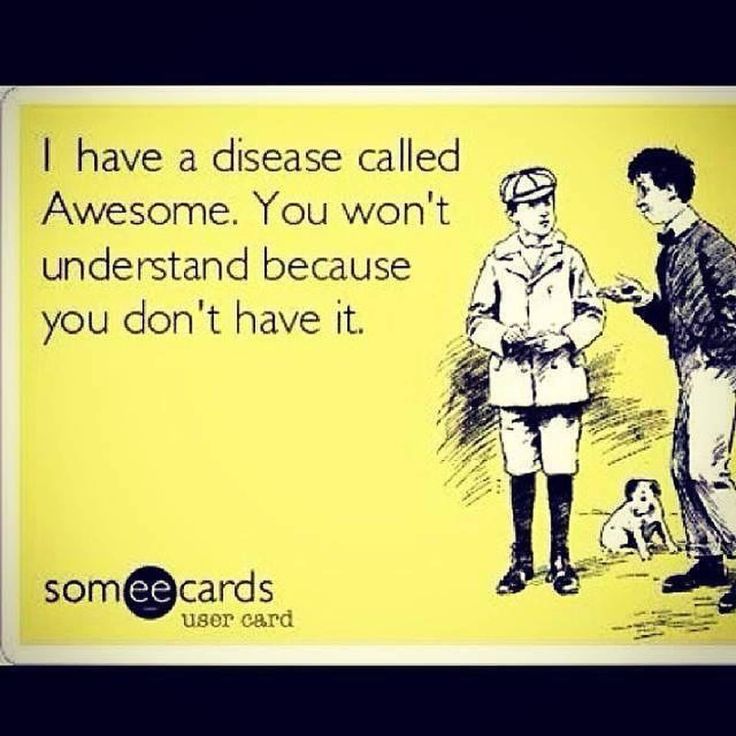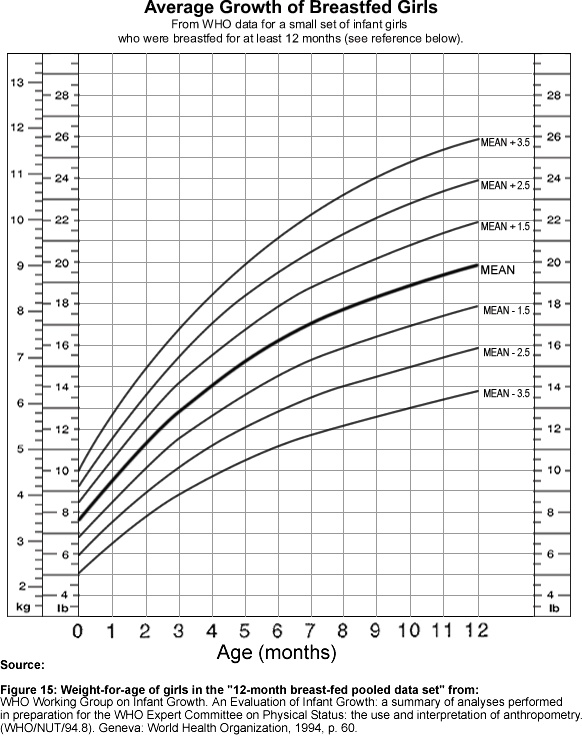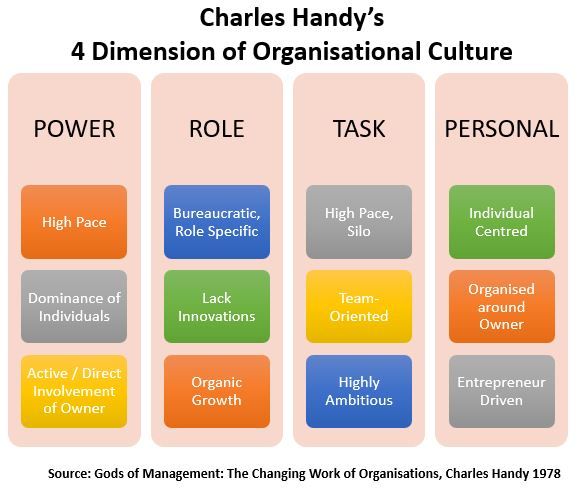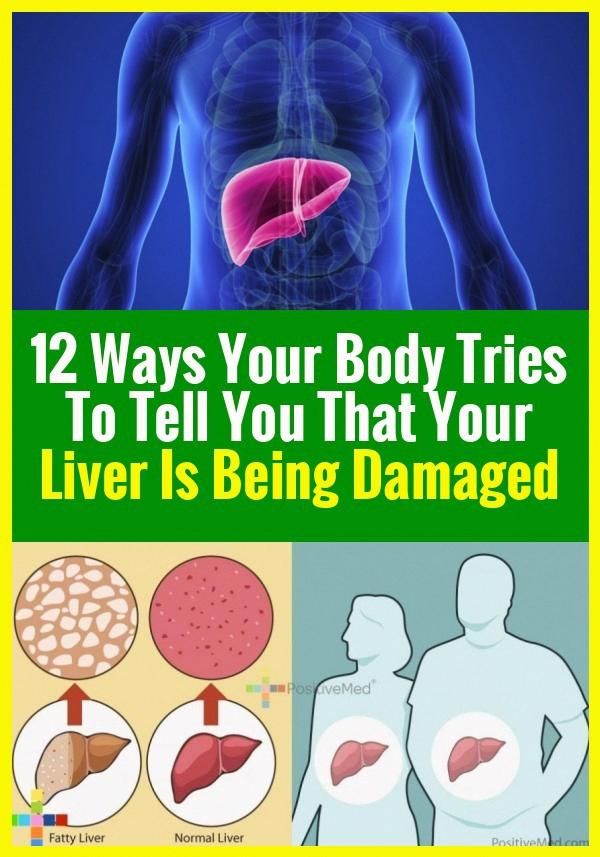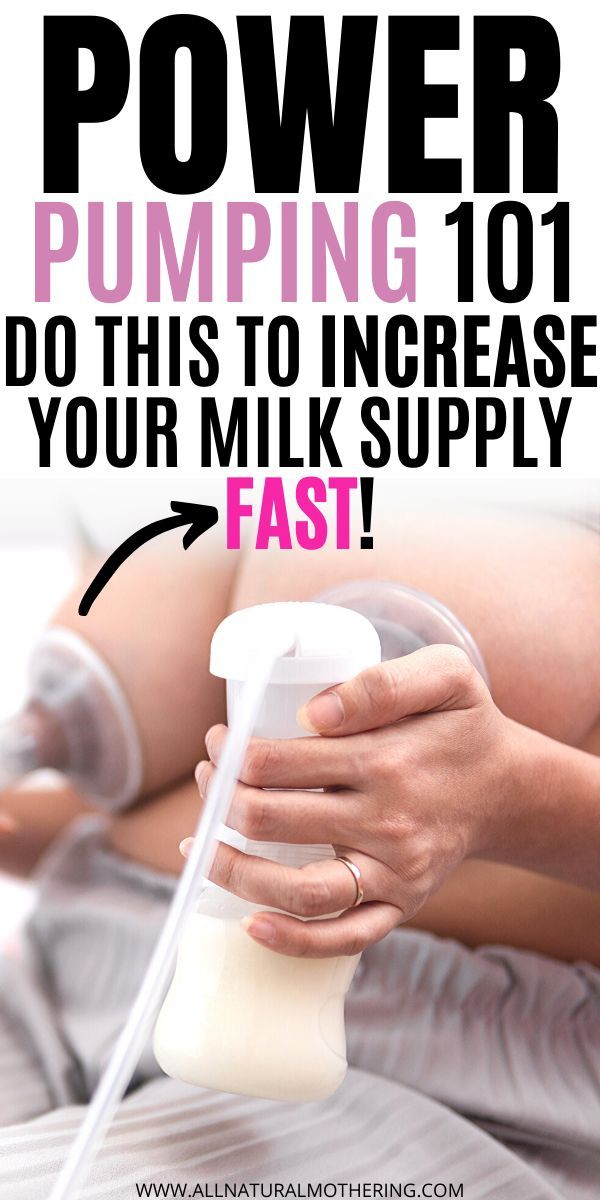When do you feel baby kick for the first time
When can you feel baby move? Fetal movement explained.
Feeling your baby kicking is one of the highlights of pregnancy. But when can you feel your baby move, and what does baby movement feel like? The truth is that baby kicks are more like flutters at first, and you may not feel your baby move until halfway through pregnancy. But by the third trimester, your baby will be making some big moves that are impossible to ignore.
When can you feel baby move?
You probably won't feel your baby kick until sometime between 16 and 22 weeks, even though they started moving at 7 or 8 weeks. (You may have witnessed the acrobatics if you've already had an ultrasound.)
Veteran moms tend to notice those first subtle kicks, also known as "quickening," earlier than first-time moms because it's easier to distinguish your baby's kicks from other belly rumblings (such as gas) if you've been pregnant before.
Your build may have something to do with when you'll be able to tell a left jab from a hunger pang: Thin women tend to feel movement earlier and more often.
Once you can feel your baby moving, it will probably be a few more weeks until your partner can feel the baby kick.
What does baby movement feel like?
Women have described the early sensation as feeling like popcorn popping, a goldfish swimming around, or butterflies fluttering. You might think those first gentle taps or swishes in your belly are gas, but you'll recognize the difference once you start feeling them more regularly.
Once you've reached your third trimester, you won't be able to ignore your baby's jabs, rolls, and kicks. As they get larger, you may see a pointy elbow or knee moving across your belly or feel a full-on somersault.
Every pregnancy is different, so it's hard to say exactly what you'll feel and when, but here's a rough guide.
Baby movement at 16 to 19 weeks
You'll probably notice faint and fluttery feelings in your womb around this time. If you've been pregnant before, you'll be more familiar with this sensation and quicker to identify your baby's movements.
If this is your first pregnancy, it may take a bit longer before you realize that those gentle bubbling or popping sensations are actually your baby moving! It may be easier to feel your baby when you're sitting quietly or lying down.
Baby movement at 20 to 23 weeks
You may notice gentle kicks and jabs. As the weeks go by, you'll gradually feel stronger and more frequent movements, and you'll come to recognize your baby's unique pattern of activity. If you don't feel your baby moving, tell your doctor or midwife.
You may find that your baby becomes more lively as the day goes on, kicking, squirming, and somersaulting the most in the evening when you're relaxed. Some moms notice their baby moving a lot right after they eat, especially if they have a sugary treat. But studies haven't found a link between what you eat and your baby's activity level.
Baby movement at 24 to 28 weeks
Your amniotic sac now contains up to 26 ounces of fluid. This gives your baby plenty of space to move around freely, so you may feel like your little one is doing elaborate acrobatics routines in your womb. Limb movements may feel punchy, while whole-body movements may be smoother. You may even notice your baby jumping at sudden noises, or you may feel repetitive jerking movements when your baby gets hiccups.
Limb movements may feel punchy, while whole-body movements may be smoother. You may even notice your baby jumping at sudden noises, or you may feel repetitive jerking movements when your baby gets hiccups.
Baby movement at 29 to 31 weeks
Your baby is likely to be making smaller, sharper, more definite movements, such as strong kicks and pushes. You may also occasionally feel a shaky movement, like a shiver, as your baby shakes a hand, shoulder, or elbow.
Depending on how your baby is positioned, you may feel the kicks up under your ribs, in the center or side of your belly, or very low in your pelvis. Some women report kicks to their cervix – which feel uncomfortable but are totally normal. Don't worry, no matter how strong your baby's kicks, they're safe inside and won't do any damage.
Baby movement at 32 to 35 weeks
As your baby grows and has less room to move, you may notice that the type of movement you feel changes, perhaps becoming slower but lasting longer.
Baby movement at 36 to 40 weeks
As you approach your due date, your baby will get larger and won't have enough room for dramatic somersaults. After they move to a head-down position in preparation for birth, you may feel kicks in new places, like underneath your ribs on one side or the other. Your baby's movements may feel slower, but also harder and stronger. Jabs from their arms and kicks from their legs may feel uncomfortable or even painful.
It's normal to notice a change in the types of movement you feel in late pregnancy. But you should still be feeling your baby move right up until and even during labor itself.
How often should I feel my baby kicking?
At first, noticeable kicks will be few and far between. You may feel several movements one day and then none the next. Although your baby is moving and kicking regularly, many of their movements just aren't strong enough for you to feel yet. But those reassuring kicks will become stronger and more regular later in the second trimester or early in the third trimester.
Don't worry if your experience is different from your friends'. Every baby has their own pattern of activity, and as long as your baby's usual activity level doesn't decrease, chances are they're doing just fine.
Do I need to keep track of my baby kicking?
Once you're feeling kicks regularly, pay attention to how often your baby moves, and let your healthcare provider know right away if you ever notice your baby's activity level slow down.
Less movement in the third trimester may signal a problem, and your provider may want you to have a nonstress test, an ultrasound measurement of amniotic fluid, and possibly a biophysical profile to make sure everything is okay. (You may also have these tests as a routine part of your prenatal care if you have a high-risk pregnancy.)
Some providers recommend that in your third trimester, you spend some time each day counting your baby's kicks. There are lots of ways to do this, so ask your provider for specific instructions.
For example, your provider may suggest that you choose a time of day when your baby tends to be active. (Ideally, you'll want to do the counts at roughly the same time each day.) Then sit quietly or lie on your side and time how long it takes to feel 10 distinct movements – kicks, elbow jabs, and whole body movements all count. If you don't feel 10 movements in two hours, call your healthcare provider.
Learn more:
- Pregnancy symptoms you should never ignore
- Sex during pregnancy
advertisement | page continues below
What Do Baby Kicks Feel Like
Did you know that the ~legit~ name for “baby kicks” is called quickening? Yup, it’s called quickening when an expectant mother can start to feel movement from their baby inside them. According to the Mayo Clinic, quickening tends to happen around 20 weeks of pregnancy (or 18 weeks after conception), during your second trimester.
Your baby kicking inside you can also be confused for gas (sorry to ruin the moment), among many other sensations you’ll read about below: everything from butterflies in your gut when you see someone you love, to tickles, to twitches.
No matter what the name, it can be one of the most exciting times in your pregnancy when you first feel your baby kick. Whether you’re an expectant mother who can’t wait to feel their baby kick, a mother reliving the feeling of quickening, or just someone curious as to what it feels like, here’s how 15 mothers describe the feeling of their baby first kicking.
1. “It felt like being tickled from the inside. I was eating cake when I first felt my first baby kick, and it felt like every few bites of cake I ate, I felt more and more tickles.”—Gina, 38
2. “I would describe the feeling of my baby kicking for the first time as a soft flutter or ripple against my belly. I was sitting alone in a conference room after wrapping up an early meeting when I felt the unmistakable flutter in my stomach. It felt like tiny gas bubbles, but without pain. “—Allie, 30
3. “The first time feeling our son kick felt like butterflies in the pit of my stomach. I think of it like the feeling you get when you look at your partner and get that shy feeling inside. It was weird because it was so unexpected, and up until that time, it didn't really hit me that I was pregnant. As a masculine identifying lesbian, I never thought I'd be pregnant. After feeling him kick, my first thought was holy s$*@, this is really happening.”—Corritta, 28
“The first time feeling our son kick felt like butterflies in the pit of my stomach. I think of it like the feeling you get when you look at your partner and get that shy feeling inside. It was weird because it was so unexpected, and up until that time, it didn't really hit me that I was pregnant. As a masculine identifying lesbian, I never thought I'd be pregnant. After feeling him kick, my first thought was holy s$*@, this is really happening.”—Corritta, 28
4."Honestly, the first time I felt my baby kick, it was a very strange and uncomfortable feeling. I remember I was scared because she was very calm and suddenly she moved fast and hard. It was very painful and I noticed her little knee sticking out of my belly. I was at work, and I screamed hard, and then I got very emotional."—Nedime, 29
5. "At first it felt like bubbles or popcorn popping. Now that he's bigger it's harder to describe. Like it definitely feels like he's kicking or punching but it doesn't hurt. Sometimes when he stretches or rolls around it feels kind of like a wave."—Daylee, 24
Now that he's bigger it's harder to describe. Like it definitely feels like he's kicking or punching but it doesn't hurt. Sometimes when he stretches or rolls around it feels kind of like a wave."—Daylee, 24
6. "Both my husband and I were lucky to be able to feel our baby kick early at 16 weeks! I was thankful to be so in tuned with my body because I can definitely understand how many women confuse the movements with gas bubbles. They are the most lovely, welcomed gas bubbles ever!" —Katy, 31
7. "It's the most spectacular feeling I've ever experienced. The best way to describe the sensation is like having a private party with just you and your child and no one else is invited. You will sometimes see me stop and smile out of nowhere, or rub my belly with a comical grin on my face as if to say 'alright buddy, I know you're in there.'"— Demia, 31
8. "It would mostly happen at night when I was trying to relax. It feels incredible, like fluttering, and as the months progressed it would get more aggressive. Sometimes I’d let out a yelp because [the baby would] jab my bladder or ribs. From the outside my husband said it looked like an alien was inside my belly."—Rana, 34
"It would mostly happen at night when I was trying to relax. It feels incredible, like fluttering, and as the months progressed it would get more aggressive. Sometimes I’d let out a yelp because [the baby would] jab my bladder or ribs. From the outside my husband said it looked like an alien was inside my belly."—Rana, 34
9. "The first time I felt my baby, it felt like flutters, so faint it might have been indigestion and I just remember thinking 'Was that [the baby]? Am I imagining things?' As the weeks passed, I could feel her sort of bumbling around, sort of pushing on the walls of her little cocoon, then, one day, a kick! We would play this game where she would kick and I would push back a bit. Closer to the end, I could see her kicking, which is the weirdest thing ever. It is both comforting and terrifying to carry a tiny human inside of you — you are never alone, but it also feels like a little parasite and you are so terrified about eating the wrong thing or falling or the million other things that can go wrong. "—Hilary, 32
"—Hilary, 32
10. "With my first child I felt the first kick at 17 weeks. I was lying in bed on my back and I felt a little flutter within me. It wasn’t a rumble from hunger or gas, it was fleeting and gentle. I had seen the sonogram and obviously knew a baby was inside me, but feeling that movement for the first time made it more real. I marveled at the life inside of me, immediately touched my stomach, and felt more protective of the little baby I was in charge of growing. The kicks become addictive — you are always waiting for another one."—Kelly, 32
11. "I recall the first time feeling my baby kick as a fluttering sensation. In the beginning, it is so light that you will wonder if it is actually happening. To me, it felt like a twitch in my stomach, as though my muscles were contracting slightly. Feeling your baby kick for the first time (and each subsequent time) is a truly incredible feeling. It is reaffirming that there is a little being growing and being nurtured inside of you. Even after all of my pregnancies, I still feel the little twitch from time to time and it brings me right back to those memories. There really is nothing else like it."—Jamie, 32
It is reaffirming that there is a little being growing and being nurtured inside of you. Even after all of my pregnancies, I still feel the little twitch from time to time and it brings me right back to those memories. There really is nothing else like it."—Jamie, 32
12. "I've described it like you've eaten a meatball sandwich that gave you gas and now it's kicking you! It might start out as butterfly kicks, tiny and rapid, but as the baby gets bigger (around month six of pregnancy), you will get these feelings of long stretches, like arms or legs, where baby is feeling its way around your womb. And often times you can actually see baby moving in your belly at this stage."—Kenna, 30
13. "When I felt my baby kick for the first time, it felt like there were butterflies flying around inside my stomach. At first, I thought it was just my stomach growling or nervous twitches, but a few times later, I knew it was him kicking. The feeling is unlike anything else and I feel that after you feel them kick, the connection between you and the baby is so much stronger. That's when pregnancy really starts to feel real."—Cassidy, 23
The feeling is unlike anything else and I feel that after you feel them kick, the connection between you and the baby is so much stronger. That's when pregnancy really starts to feel real."—Cassidy, 23
14. "The first time my son kicked me while I was pregnant, I wasn't even sure if that's what it was. I remember so clearly, my husband and I were looking at apartments and we stopped at a gas station to fill up and (who are we kidding) get me some snacks. Everyone always told me that feeling that first kick feels like popcorn popping in your stomach — which is completely true, but it's a a sensation you'll never understand until you go through it. The best way I could describe it would be it almost felt like a very, teeny, tiny grumbling in my stomach."—Jacqueline, 31
15. "The first time I felt my son kick it was one of those weird 'is it or isn’t it' experiences. Since it’s a totally new sensation, you’re not really sure if it’s just your stomach or the baby. It was one of the most 'we’re really doing this' moments of the pregnancy, though because it made it feel real and very tangible — not the abstract idea of 'your baby is the size of a grape' or whatever tiny fruit of the week it equates to in size. The only downside is that, at that early point, it’s not really a shared experience yet, so I could explain it to my husband, but he couldn’t feel anything himself."—Danielle, 33
It was one of the most 'we’re really doing this' moments of the pregnancy, though because it made it feel real and very tangible — not the abstract idea of 'your baby is the size of a grape' or whatever tiny fruit of the week it equates to in size. The only downside is that, at that early point, it’s not really a shared experience yet, so I could explain it to my husband, but he couldn’t feel anything himself."—Danielle, 33
Related Story
- 8 Women on What Having a C-Section Is Really Like
Related Story
- 9 Explain Pregnancy Boobs
Related Story
- What It Feels Like When Your Water Breaks
Carina Hsieh
Sex & Relationships Editor
Carina Hsieh lives in NYC with her French Bulldog Bao Bao — follow her on Instagram and Twitter • Candace Bushnell once called her the Samantha Jones of Tinder • She enjoys hanging out in the candle aisle of TJ Maxx and getting lost in Amazon spirals.
Fetal movement during pregnancy | When the first movements appear
Pregnancy
Article
5/5 1 reviews
The feeling of the first fetal movements is one of the most exciting experiences during pregnancy. The movements of the crumbs help to fully feel the presence of a small life inside and make sure that everything is in order with the crumbs. After all, the movement of the baby in the stomach is also an important marker that allows you to assess his condition at different stages of pregnancy. nine0003
6 min. for reading Feb. 17, 2022
When do the first movements appear?
The baby begins to move very early in the womb - at 7-8 weeks of gestation. But the first movement of the fetus goes unnoticed, since during this period it is very tiny, a little larger than a marigold.
The first tangible movements of the child, as a rule, appear in the second trimester - between 16 and 22 weeks of pregnancy, when the baby has already grown and grown stronger. The week in which the movement is felt depends on many factors:
- First or second child. During the first pregnancy, the movements of the baby become noticeable closer to the 20-22nd week. If the pregnancy is the second or third, the movements begin to be felt on average at 18 weeks or even earlier, because the woman already knows what sensations to expect.
- Placenta placement. If the placenta is closer to the back wall of the uterus, then the woman may feel movements later, if to the front - earlier.
- The physique of the expectant mother. Sometimes physique plays a role: fragile girls can feel the first tremors 2 weeks earlier. nine0020
- Lifestyle. In the midst of the working day, in noise or shaking, fetal movement is easy to miss. It is more likely to feel the first movement of the crumbs in a calm position, sitting or lying down.

In what part of the abdomen do you feel the first movements? Usually timid first movements are felt in the lower abdomen. At first, it is easy to confuse them with other internal processes, such as rumbling and bouts of hunger. But the baby grows and the movements become more intense, more diverse and “travel” along the tummy along with the tumbling baby. nine0003
Features of fetal movements at different stages of pregnancy
The nature and frequency of movements of the child change as he grows and develops. At first they are weak and irregular, but then the activity increases, and the movements become stronger and more intense.
Let's take a closer look at how the baby moves at different times and how the mother feels it.
First trimester
Toward the end of the first trimester, the baby begins to make its first movements, as light as the fluttering of a butterfly. But it is still very small, so in most cases the movements go unnoticed. The maximum that can be felt is a light, light, barely noticeable flutter in the lower abdomen or something resembling bubbles. nine0003
The maximum that can be felt is a light, light, barely noticeable flutter in the lower abdomen or something resembling bubbles. nine0003
Second trimester
At 16 weeks pregnant, some women begin to feel the baby move. Someone describes them as the flutter of small wings or the movement of a fish wagging its tail, while someone describes them as twitching of a vein pulsating inside or blows of a small hammer.
By 20 weeks, most pregnant women already feel the baby's light movements. At week 24, they become more pronounced and intense, sometimes accompanied by a slight twitch during hiccups. By the end of the second trimester, active fetal movement begins - the child somersaults and pushes more and more clearly, more often and stronger. nine0003
Third trimester
At 28 weeks, the baby moves up to 30 times an hour, and some of his kicks and pokes can be so strong that the mother takes her breath away. During this period, obstetricians recommend starting to count the movements of the child.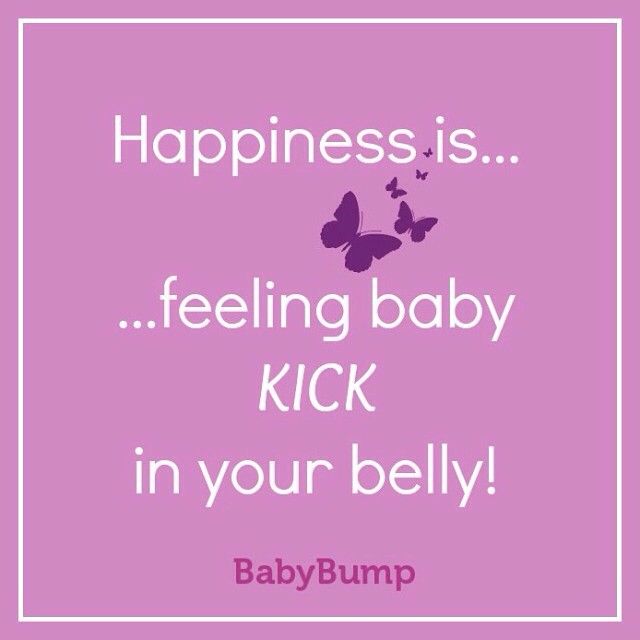 The nature of the activity helps the doctor understand what is happening with the baby and how he is developing.
The nature of the activity helps the doctor understand what is happening with the baby and how he is developing.
At this stage of development, the baby develops a certain pattern of sleep and wakefulness. Peak activity tends to occur in the evening and at night—between 9:00 PM and 01:00 AM—just when mom is trying to sleep. This surge is due to changes in blood sugar levels. In addition, the movements of the baby can react to touch, bright light, loud noises or an uncomfortable posture of the mother. nine0003
Your baby's activity continues to increase until 32 weeks. But after that, the grown-up child becomes more and more crowded in the fetal sac and the number of movements is reduced.
Tip
If you want your baby to make itself felt and move around, eat something sweet and lie on your side. An increase in blood glucose will cheer up the baby and he will begin to push.
Due to lack of space, fetal movements before childbirth become slower and more and more constrained. However, the baby should continue to move regularly throughout the day. nine0003
However, the baby should continue to move regularly throughout the day. nine0003
Important!
If your child's activity changes dramatically for unexplained reasons: he calms down or vice versa - the movements are too intensified and more frequent - tell your doctor as soon as possible. A change in the motor activity of the fetus may be a symptom of a violation of its condition and necessarily requires additional examination.
How to correctly calculate fetal movements?
Starting from the 28th week of pregnancy, the child's physical activity should be monitored every day. Until this time, the movements of the baby are not so noticeable, so the calculation will be uninformative. nine0003
So, how many movements should be per day? And how to count them correctly?
To determine the characteristics of the child's activity at home, use a special test of fetal movement by D. Pearson - "Count to ten". To do this, you need to mark in a special table every tenth movement of the baby from 9:00 to 21:00. If the child develops normally, then in 12 hours you will count at least 10 movements.
If the child develops normally, then in 12 hours you will count at least 10 movements.
Important!
Not every push is considered a movement, but a series of movements (from the start of pushes to a pause). nine0003
After the 10th movement, write down the time and start counting the next day. And if the baby moves much less or does not make itself felt within 12 hours, contact your doctor as soon as possible!
In addition to the Pearson test, there is another way to count the child's movements. Choose an hour during which you will count movements every day. It is very important to do it at the same time. Focus on the baby's movements and see how long it takes the baby to complete 10 kicks. If you counted 10 shocks in an hour, you can be calm - everything is in order. nine0003
If you still don't get 10 pushes within an hour, try eating, changing your position, and then try counting the number of pushes again.
Advice
Keep a diary of your movements to record all changes. You can write everything in a notebook, or you can use a special mobile application that will help you track and record movements.
You can write everything in a notebook, or you can use a special mobile application that will help you track and record movements.
What should alert the future mother?
Be sure to contact your gynecologist if:
- You are past 22 weeks and you still don't feel your baby move. Perhaps you just did not notice them, but you need to make sure that the pregnancy is proceeding normally.
- Tracking the activity of the child, you notice that for more than 12 hours there is no movement at all or they have become significantly less during the day.
- For several hours in a row, the baby behaves too actively, the intensity of the shocks has changed so much that it hurts you because of his movements.
- A sharp change in the nature and frequency of movements is monitored, although there are no apparent reasons for this. This may indicate a violation of the condition of the fetus, its heartbeat, or an infection.
Advice
In the third trimester of pregnancy it is not recommended to sleep on your back. In this position, the vena cava can be clamped, which provides the baby with oxygen.
In this position, the vena cava can be clamped, which provides the baby with oxygen.
See also: Cord entanglement: causes and consequences for the baby
To make sure that everything is fine with the baby, the doctor may perform several examinations, such as auscultation, cardiotocography (CTG) and Doppler ultrasound. nine0003
Auscultation is a method of assessing the condition of the baby by the sounds that he makes in the womb. The doctor listens to the tone and rhythm of the heartbeat, different noises, monitors their sequence and duration.
CTG (cardiotocography) is an ultrasound examination of the fetus. But unlike conventional ultrasound, during CTG, the tone of the uterus, the heartbeat and the movements of the baby are recorded. Based on the results of this study, the doctor can determine how comfortable the child feels, check the work of his heart and the level of development. If there are deviations in CTG, the specialist may recommend an assessment of the fetal blood flow - dopplerometry. nine0003
nine0003
If indicated, your doctor can choose the right treatment, recommend that the mother rest and get more rest, or even prescribe bed rest.
But do not immediately panic if the child is suspiciously quiet for an hour or two. Perhaps right now he is sleeping or preparing for an imminent meeting with his parents. There are also children who rest all day and become active only in the late afternoon. Just be attentive to yourself, your feelings and do not forget to take good care of your baby. nine0003
Related articles:
How does the baby behave before birth?
How does a woman's diet affect fetal development?
Material approved by doctor Oksana Negrich
Last reviews
Average customer rating
1 customer ratings
Snapshot of community ratings
- five one
- 4 0
- 3 0 nine0019 2 0
- one 0
Fetal movement during pregnancy
ATTENTION
We continue to work on New Year holidays.
Opening hours of multidisciplinary clinics on Polikarpov Alley, Marshal Zhukov Ave. and Okhtinskaya Alley:
December 31, 2022 - from 9:00 to 16:00;
January 1, 2023 - day off;
From January 2, 2023 - as usual, from 09:00 to 21:00. nine0003
Reception under the CHI policy in the structural unit of Devyatkino from January 2 to 8 is conducted only by on-duty specialists - a therapist and a pediatrician.
Working hours of dentistry on Kolomyazhsky pr.:
December 31, 2022, January 1 and 2, 2023 - holidays;
From 3 to 8 January 2023 - from 11:00 to 17:00;
From January 9, 2023 - as usual.
Pregnant women and obstetrician-gynecologists are waiting for fetal movements. This is a very important sign that allows you to judge that the pregnancy is going well, and the child is developing successfully. Also, the baby communicates with the mother with the help of movements and can tell her about any inconvenience, so you need to listen to the movements of the fetus. nine0003
nine0003
When fetal movements appear
- The first fetal movements appear at the seventh or eighth week of pregnancy. However, the small fetus does not come into contact with the walls of the uterus, so the mother does not feel its movements.
- Closer to the seventeenth week, the fetus begins to react to loud sound and light, from the eighteenth it begins to consciously move.
- A woman begins to feel movements during her first pregnancy from the twentieth week. In subsequent pregnancies, these sensations occur two to three weeks earlier. Also, a woman will feel the first movement of the fetus earlier if she is slim and leads an active lifestyle. nine0020
- Especially active movements are observed from the twenty-eighth week. The child "communicates" with the mother, reacts to her emotions. This continues until the thirty-second week, when the baby grows so much that it can no longer actively move in the uterus.
Fetal movement - as normal
Except for three to four hours a day when the baby sleeps, he is in constant motion. In the twentieth week, the fetus makes two hundred perturbations a day, from the twenty-eighth to the thirty-second, their number increases to six hundred. Then, the activity decreases again. nine0003
In the twentieth week, the fetus makes two hundred perturbations a day, from the twenty-eighth to the thirty-second, their number increases to six hundred. Then, the activity decreases again. nine0003
Fetal activity may vary depending on the following factors:
- Time of day . Usually the fetus moves more actively in the evening and at night.
- Mother's emotions . If a pregnant woman is under stress, then the child is frightened, may freeze and stop moving, or, conversely, react to adrenaline with active movements.
- Physical activity . During physical activity, the child is usually more calm than at rest. If the mother is in an uncomfortable position for a long time, the fetus may react with strong painful shocks. nine0020
- Pregnant diet . If the mother feels hungry, the child begins to move more actively. Also pushing and touching become stronger after eating.
 Especially if mom eats sweets.
Especially if mom eats sweets. - Environment a. The fetus reacts to loud sounds, sudden switching on of light. He may freeze in fear, or vice versa, begin to move more actively.
Why and how to count fetal movements
Changes in the motor activity of the fetus may be a sign of pregnancy pathology. Too strong, painful, or vice versa, weakened movements signal that the child does not have enough oxygen. This condition is called fetal hypoxia. In addition, sensations change when the amount of amniotic fluid changes. Therefore, it is important to count fetal movements, especially during the first pregnancy. nine0003
There are three methods for counting fetal movements:
- Pearson method . Movements are considered from nine in the morning to nine in the evening, during which physical activity is limited. In a special table, the time of every tenth movement is entered. Normally, the interval between them is less than an hour.
